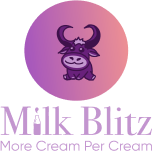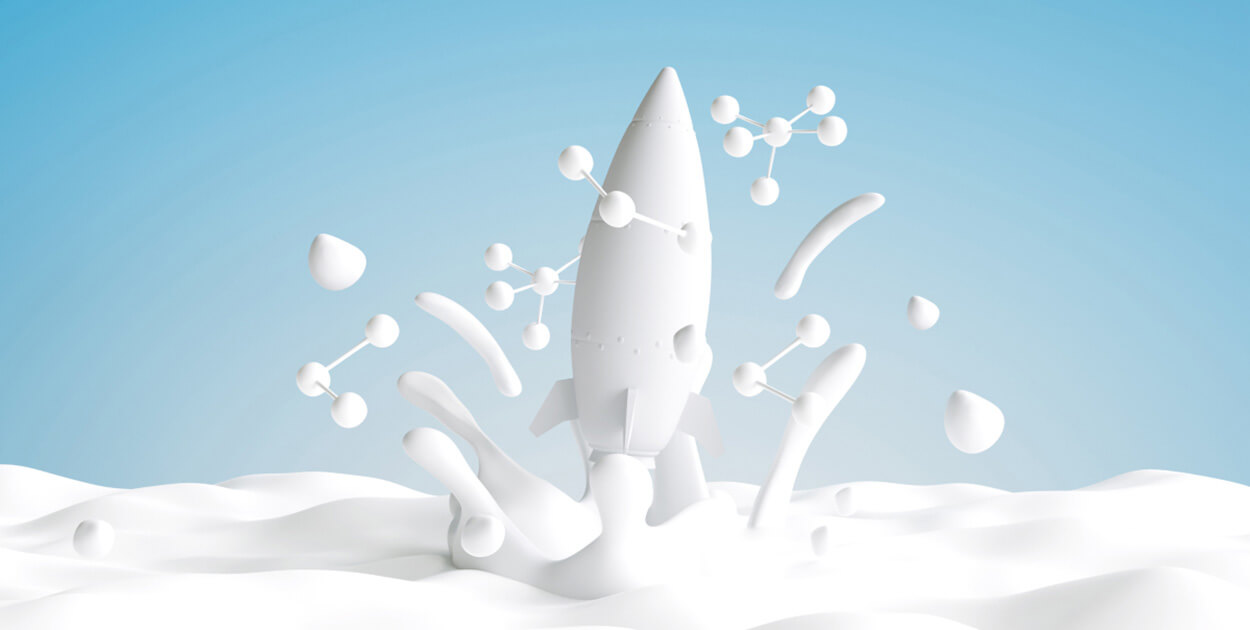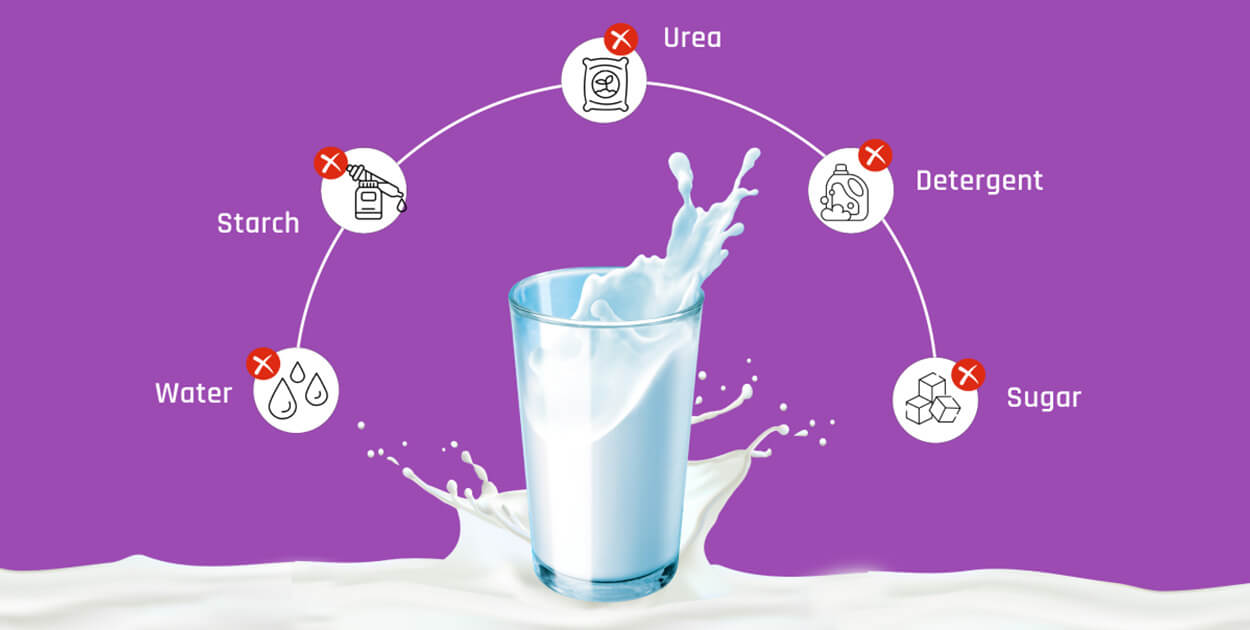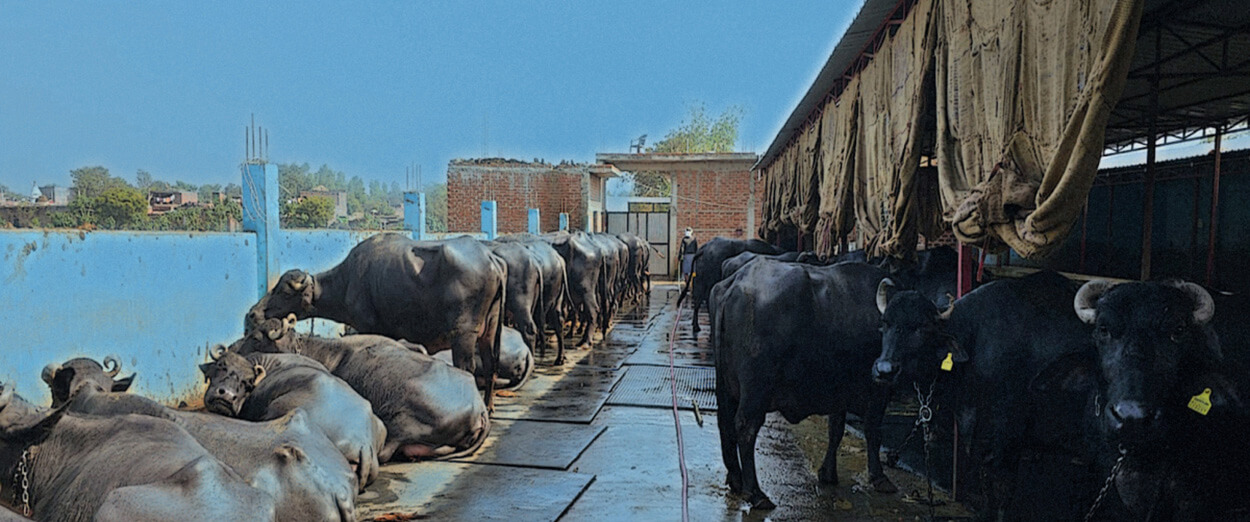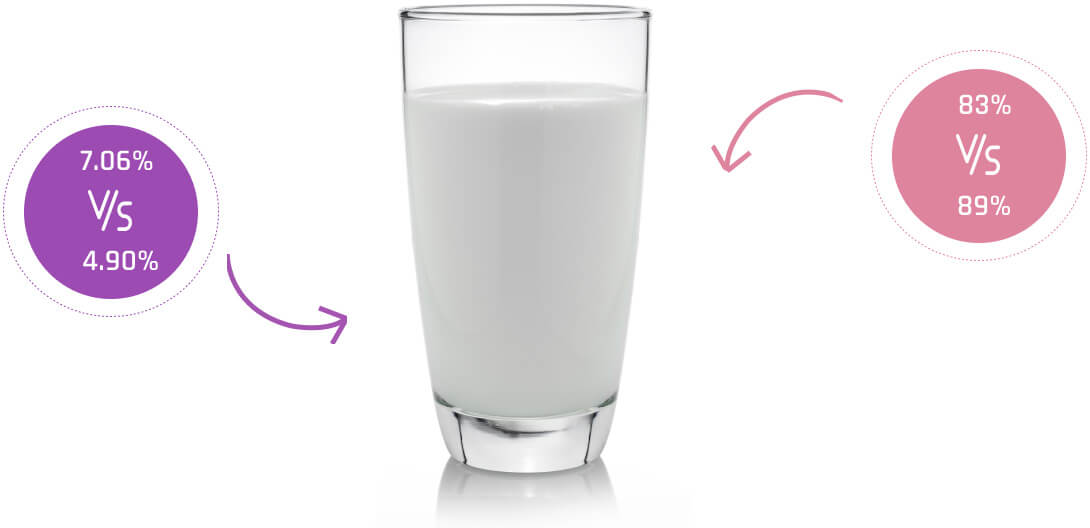How much milk is there in your glass of milk? It’s something to think about the next time you pour yourself a glass of this delicious natural goodness.
Milk is a complete food with abundant health benefits. It’s tasty and easily available. Milk is also used to make a wide range of dairy products, and it plays a central role in the confectionary business. Ironically, this robust demand has led dairies and intermediaries to figure out ingenious – and illegal – ways to exploit its commercial potential, placing human health at risk. Adulteration tops the list.
Here’s an interesting fact: did you know that among the many substances used to adulterate milk, there’s one so innocuous that we tend to overlook it? It’s water. Pure milk consists of over 80 per cent water, and adding water to it can significantly increase its volume. For unscrupulous milk producers and suppliers, more milk means more money.
But wouldn’t this kind of adulteration be easy to detect? You’d be amazed at the creative tricks they use to get past the quality checks. Here’s a checklist of substances most widely used to adulterate milk. You might be surprised by what you are actually consuming these days!
* Formalin, hydrogen peroxide, salicylic acid, boric acid and benzoic acid act as preservatives and increase the shelf life of milk. The most commonly used for adulteration are formalin, or embalming fluid, and hydrogen peroxide, or rocket fuel. Formalin, also used as an antiseptic and a disinfectant in other industries, increases the shelf life of milk for transportation over long distances without refrigeration, saving the supplier a considerable sum by cutting electricity costs.
* Urea and melamine are also common adulterants. While urea is used as a fertiliser and in the manufacture of plastics and drugs, melamine is a type of plastic used in the production of adhesives, laminates, paints, flame retardants, paper coating and fertilisers.
Buffalo milk typically contains 3.90 percent protein, which is one reason it is super-healthy. Since urea and melamine are both nitrogen-rich, adding them to milk artificially boosts its protein count during quality checks. This is possible as the tests for protein content measure nitrogen content and correlate the result to protein. Urea is also used as an artificial whitening agent in milk.
* While water and whey are added to milk to increase its volume, sugar (invert sugar syrup) and starch (rice powder) are used as thickening agents to artificially improve its consistency or density. Ammonium sulphate, a chemical fertiliser, has the same effect. Since all these substances enhance the thickness of milk, they are able to beat the purity test! That’s because purity is gauged by a lactometer, which measures the density of milk, correlating it with purity. Ironic, isn’t it?
* Buffalo milk has high fat content, making it rich and creamy. At 7-9 per cent, it is double that of cow’s milk. Not surprisingly, milk producers are literally skimming to fatten their profits. They remove the butterfat in the milk and replace it with vegetable oil.
